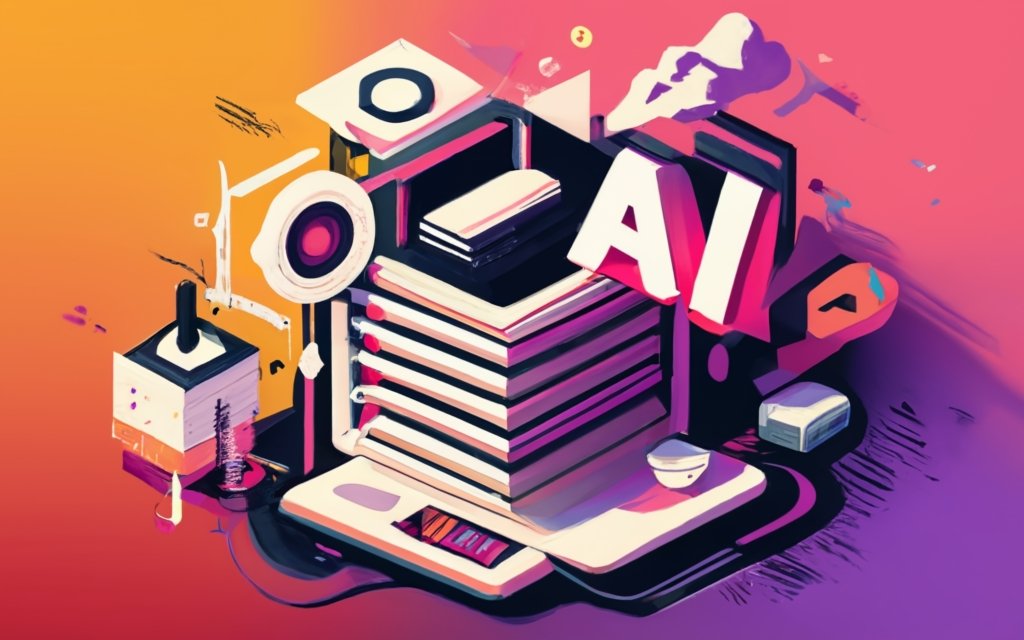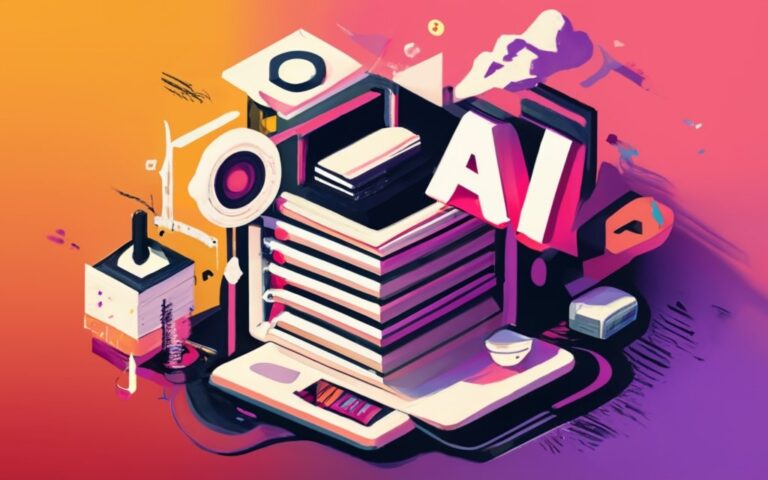The design and analysis of microstrip patch antennas for 5G...
Read More



ChatGPT, Bard, and Bing can output AI-generated content faster than Usain Bolt can run 100 meters. However, this speed has its problems, and the quality of the content approaches the realm of plagiarism and unreliability. Another reason is that ChatGPT does not cite sources according to academic standards. It may hallucinate or pull information out of thin air, which is not helpful for those who want to avoid plagiarism.
So, to get past the AI plagiarism checker, here’s how to humanize your text. Before we do that, let’s delve into how the AI plagiarism checker works, so keep reading to discover the tools you need to avoid AI plagiarism and why you need them.
AI Plagiarism Checker is a tool that helps you determine if the content you are about to submit is unique or AI-generated. When chatbots like Bard and Bing generate user content, they often lift information verbatim from other websites and online resources. This makes them easy to detect because they follow a predetermined and predictable model. Here is an example sentence: “is shining brightly. In the above example, the most likely continuation is “morning.” A less creative robot would think so. But a human, living in the northern hemisphere or exploring edgy creativity, might say: “the sun shines brightly at night”. And this is the core operating principle behind AI detectors and plagiarism checkers. First, AI plagiarism checkers attempt to predict the perplexity and burstiness of content.
Perplexity measures the average user’s ability to understand the output. Content with high perplexity is usually human; AI content sounds flat and repetitive, even with advanced prompts and plug-ins. Similarly, burstiness refers to variations in sentence length and rhythm; sentences in AI-generated content usually have a predictable rhythm and length. In human writing, burstiness is sometimes redundant, as I am doing now with this sentence, to make what I want to say clearer and easier to understand. Sometimes I have to keep it short. However, AI content generators usually produce sentences at a constant tempo. Otherwise, they would make up for the rest of the sentence with fluff. With these variables (perplexity and burstiness) and other technical considerations, AI plagiarism detection tools can spot articles written by bots or non-human virtual assistants. But there is a problem.
Using an online AI plagiarism checker is not a reliable test of a work’s originality. Some of these tools are unreliable, and we don’t even know their creators or the algorithms behind them. On top of that, AI checkers can give false positives, potentially damaging the reputation of innocent victims. Even universities worry about these false plagiarism flags. But instead of spending your time defending plagiarism cases that never happened, here are some ways to avoid AI plagiarism detection.
Instead of avoiding AI altogether and missing out on its countless perks, use the following hacks to get around AI’s limitations:
Undetectable AI is an AI detection remover that rewrites auto-entered material to avoid detection. This text humanizer uses advanced algorithms and paraphrasing capabilities to generate sentences that closely resemble those written by humans. The originality of this AI text humanizer is unmatched, allowing content creators to quickly reproduce up to 15,000 characters of text for free. Undetectable AI’s humanization engine can also be used to improve a site’s SEO by optimizing content for search engines. How much does it cost? First-time users can use the AI plagiarism removal tool for free until their credit expires. After that, you will need to purchase more credits to continue using the tool. Monthly plans start at $9.99 for 1000 words per month. Or you can save money with a discounted annual plan ($5.00/month). Companies with large AI text humanization needs can acquire Undetectable AI through negotiation.
Plagiarism is a major crime because it can be considered stealing intellectual property. This crime can ruin your reputation and even land you in jail. Several politicians, influencers, and artists have lost their livelihoods and reputations because they were accused of plagiarism. To avoid AI content detection tools flagging your material, you can reword it manually or with the help of paraphrasing tools. Always maintain correct syntax, grammar, and sentence structure when humanizing content online.
People have become accustomed to using AI to generate content. Unfortunately, current AI pulls information from existing sources, which can be misused and can lead to the theft of other people’s ideas. It also does not include other accompanying issues such as readability, tone, and reliability of information.
To avoid being flagged for plagiarism, use the tips in this article to humanize AI content for free when creating content. The recommended tools and techniques are not all-inclusive, but they provide an ideal base for using AI and artificially generated content.
Source : https://www.marktechpost.com/2023/09/13/how-to-humanize-content-and-get-past-ai-plagiarism/
The design and analysis of microstrip patch antennas for 5G...
Read MoreHamida et al. (2022) proposed an efficient approach to improve...
Read MoreFirst-order surface grating fiber couplers are devices in optical communication...
Read MoreThe International Journal of Informatics and Communication Technology (IJ-ICT) is...
Read More